In the wake of its several military losses recently —namely the loss of Sirte (in Libya) in December 2016, Ramadi in February 2016, and Mosul in July 2017 — ISIS has had to retreat to its stronghold in Raqqa in northern Syria. The group has also lost many of its high-ranking militants and hundreds of fighters have deserted its ranks.
ISIS has lost the media war as well, which once supplied it with both financial and human resources. Ever since Baghdadi stepped on the pulpit of the Grand Mosque in Mosul in 2014 to declare himself head of the so-called Caliphate, he became the brains behind the group’s many media outlets and promotional outfits, as well as of a large base of cyber supporters from all around the world.
All of this was done with the aim of enhancing Baghdadi’s influence on the ground and broadcasting his brutal and bloody messages to the West and the rest of the world, with videos of his ‘human sacrifices’. This generated an international response to counter ISIS propaganda and pressure was put on Twitter, Facebook, Instagram, YouTube, and other social media outlets to block the transmission of ISIS’ horrific messages.
In a recent audio clip, Baghdadi is claimed to be calling on his fighters to attack media institutions. This statement is a clear proof of the collapse of the ISIS propaganda machinery. In this recording, a person claiming to be Baghdadi can be heard as saying: “Behold, soldiers of Islam and supporters of the Caliphate everywhere! Intensify the strikes one after the other! Make the centers of information of those infidels your targets.”
These threats point to the defeat of the ISIS’ media war in the face of successive military reversals. One ISIS supporter calling himself ‘the Dragunov of the State’ tried to launch his own disinformation campaign. He reportedly averred: “All the statements and media coverage about the city of Mosul are lies. All the news channels do not know what’s going on inside (sic. the city). As for the reporters, they have only seen flames of the booby traps.”
But Baghdadi’s image had started to wilt much earlier. The offensive of Sirte launched under the name ‘Al-Bunyan Al-Marsoos,’ or the ‘Impenetrable Wall’ successfully liberated the city late last year. Similarly, the victories of the Iraqi army supported by the air force began to clear ISIS-held positions. Media crews and correspondents from all around the world began touring the ruins of the former cities of the Caliphate. The world watched the liberation of those who were detained as human shields during the conflict. Dozens of interviews with women from the battalion of Khansa and Hesba were aired as well as of the so-called ‘cubs of the Caliphate’.
ISIS’ media machinery
In its heydays, ISIS media apparatus was twice as big as Al-Qaeda’s. As the organization expanded its sway in Syria, it opened Al-I’tasam Foundation. Its other media outlets included Al-Hayat Foundation and the monthly online magazine Dabiq (since July 2014), which produced content in both Arabic and foreign languages and employed foreign hostages and prisoners. It also launched its Al-Bayan radio station, which was broadcast on shortwave and the Internet from Mosul and had transmission towers in Raqqa. It also published the e-magazine Rumiyah, which was launched after the death of ISIS spokesman Abu Muhammad al-Adnani. The Ajnad Media Production was established in May 2014, which produced books, videos and songs in foreign languages (English, German, French and Russian). The Center continues to publish the Dabiq magazine in English, Dar al-Islam in French, Constantinople in Turkish and Masdar in Russian.
The Amaq News Agency, the official news agency of the organization, first appeared in August 2014 and was tasked with broadcasting the organization’s political and military news round the clock, along with releasing video footage of the battles. ISIS also developed an app on ‘Google store’ for Android devices as well as set up information offices in the so-called states under the control of the organization, and a network of supporters of the state worldwide on social networking sites.
It is clear that the breakdown of this media machinery in the wake of recent military reversals provoked ISIS into issuing threats against international media outlets. This is what led the so-called voice of al-Baghdadi to plead with his supporters: “You should not be influenced by the deceitful media. God willing you will find us to be the most merciful of all, this is who we are. And we sincerely and loyally seek to protect Muslims and honor them in their blood and dignity.”
However, the war of ISIS with the international media is hardly new. The media community has always been victims of ISIS’ murders and assassinations.
The ISIS and the Arab Spring Connection
Baghdadi’s reference to the ideological war reflects great concern among ISIS’ supporters. In a major development, Saudi Arabia opened the Etidal world center in Riyadh on 21 May 2017, with the aim of fighting extremist ideology. There have been several similar initiatives launched earlier to combat extremism.
The ISIS brand of political extremism cannot be seen in isolation from the so-called ‘Arab Spring’. It is this uprising that first championed the ideals of ‘Islamic State’, which paved the way for the emergence of the ISIS Caliphate. The Baghdadi project is only the militant form of the right wing uprising that is so-called as the ‘Arab Spring’. One of the manifestations of this is the radical movement of Hamas, affiliated with the Muslim Brotherhood in Egypt.
The early signs of the larger Arab Spring project became evident with the release of so-called ‘jihadists’ and the theorists of radical Islamic groups — both Sunni and Shiite — from prison through a comprehensive amnesty by the erstwhile Moursi government. Among the most popular figures were Aboud al-Zomor, who was released from prison by Egyptian President Mohamed Morsi. Al Zomor is accused of participating in the assassination of former Egyptian President Anwar Sadat. Safwat Abdul Ghani, who is accused of killing Faraj Fouda and Rafat Mahjoub, was also released from prison along with other leaders of al-Jama’a al-Islamiyya, such as Alaa Al-Nasr. Safwat Ahmed Abdul Ghani was appointed as a member of the Shura Council of the al-Jama’a al-Islamiyya and an official of the military wing and was sentenced to prison in 1990 for the assassination of the President of the People’s Assembly.
In addition, the now imprisoned Egyptian President Mohamed Morsi had pardoned during his term 55 prisoners of the al-Jama’a al-Islamiyya and ‘Islamic Jihad’, including four who were sentenced to death on various counts: Gharib al-Shahat, Shaaban Haridi, Hassan Khalifeh, Ahmed Abdel Qader (all members of the al-Jama’a al-Islamiyya) as well as Ahmed Salama Mabrouk, the prominent radical leader among other figures whose sentences range from life in prison to 25 years.
It is noteworthy that a number of those released from jail eventually joined the ranks of ISIS and Al-Nusra Front. Some of them were killed in Syria, Iraq and Libya, while a number of them are still in their ranks. Statistics estimate that 300 Egyptians have joined the war zones.
The so-called ‘Jihadist confederation’
The establishment of a confederation and a global federation of so-called ‘jihadist’ organizations and parties was one of the pillars of the ‘Arab Spring’ project, a fact corroborated by the Indian preacher Salman Husaini Nadwi, who is a permanent guest of al-Qaradawi. He was the first to congratulate Abu Bakr al-Baghdadi when the latter established his so-called ‘Islamic State’. In an open letter addressed to the Government of Saudi Arabia in 2014, he called for the formation of a global federation of ‘jihadist organizations’ and stressed that: “They should not be accused of terrorism or hostility. Innocent young people should not be arrested for belonging to these groups nor should prisons and detention centers be filled solely based on intelligence reports.”
It should be noted that the radical organizations of political Islam are well aware that the boycott of the four countries against Qatar and the solidarity of the international community with the Saudi position in fighting extremist ideology poses a serious challenge to them. It is time that this war eliminates the brains behind the ISIS media campaigns — the Minister of Information of ISIS Abu Muhammad al-Furqan and Abu Mariyah Iraqi, the media leader of the Camp Speicher massacre.
ISIS, like any other terrorist groups, believes that “there is no fear of running out of young men as long as the ideology is conscious and constant”.

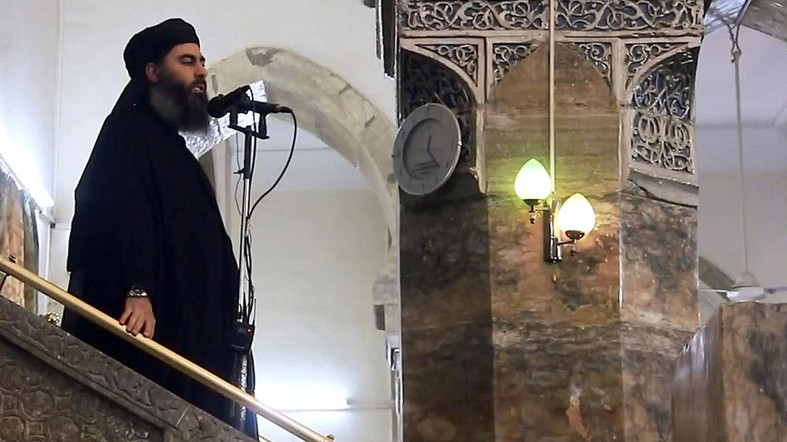
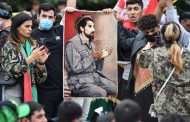
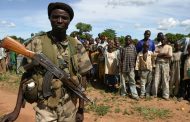
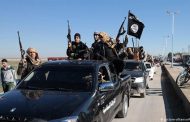
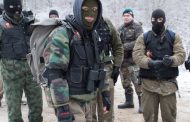
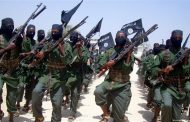
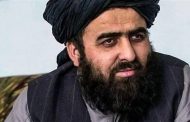































admin in: How the Muslim Brotherhood betrayed Saudi Arabia?
Great article with insight ...
https://www.viagrapascherfr.com/achat-sildenafil-pfizer-tarif/ in: Cross-region cooperation between anti-terrorism agencies needed
Hello there, just became aware of your blog through Google, and found ...